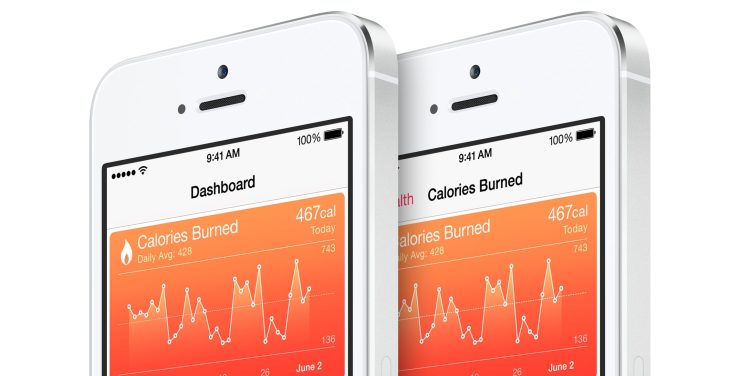We’re at the end of the beginning of a consumer-centric health revolution — and so far, it’s been pretty boring.
With Apple and its partners still not saying a whole lot about how HealthKit and its Health app will work, and with HealthKit’s favorite end point, the Apple Watch, still not available, we’re still stuck in a world of rudimentary step counters and fitness apps. App developers have their heads down, developing apps that exploit new health information sources that haven’t been available before.
But things are going to get a lot more interesting. Midway through 2015 we should start to see some apps, both on the consumer side and on the clinical side, that exploit HealthKit data in truly cool ways. Ways that can move the dial on health.
Some believe that Apple regards health as the next frontier, after music, phone, and tablets.
“What the iPod did for the music industry, HealthKit is starting to do for the healthcare industry, affecting the business model and business strategy of health and wellness apps, hospitals, doctors, lab test results companies, and health insurance companies,” said Arturo Devesa, CEO of the health artificial intelligence company MedWhat.
Think of HealthKit as a technology-neutral health data clearinghouse, collecting data from all kinds of devices from smartwatches to respiration chest straps.
“It solves health data transport issues at significant scale, allowing anyone to build software and services that are agnostic to specific devices or apps that an individual consumer chooses,” Malay Gandhi of the Rock Health accelerator wrote in an email to VentureBeat.
“This enables marrying of traditionally siloed data sets; for example, patient-generated data from continuous monitors with clinical data from electronic health records,” Gandhi said.
The consumer controls which apps have access to his or her data by assigning permissions on their phone.
Calendar this: VentureBeat’s HealthBeat conference October 27-28.
Developer Peter Mueller points out that having a common platform for all health devices lets users continue storing health data (and not losing older data) when they get a new device of a different brand.
Until now the common model was for health wearables companies like FitBit or Jawbone to require devices to transmit data only into databases owned by those companies.
And Apple’s influence over markets and consumers can’t be ignored.
“Now that Apple is baking health and fitness tracking into the iOS 8 operating system, putting it front and center on million of iPhones could massively increase adoption of more health apps and could bring about a big change in the way people think about tracking health and fitness,” Mueller said.
Gandhi said it might make health data look appealing to consumers, especially because it puts them (and their phones) at the center of a new ecosystem.
“It further pushes the concept of consumerism in healthcare; individuals own and store all their health data on their phone, provisioning access to others as they see fit. This is an experiment that we need to see play out in digital health,” Gandhi said.
Neither of these concepts is novel or exclusive to Apple’s HealthKit, but Apple has the scale that others simply do not — that’s what makes it important.
“This could be the first mainstream healthcare product that empowers millions of regular users in a short amount of time, for the first time giving them an easy-to-use health repository of all of their health data [and giving them] control over who can access their data and who to share it with,” said MedWhat’s Devesa.
“This is unheard off in healthcare,” Devesa said. “This is giving [us] power and responsibility of our own health.”


